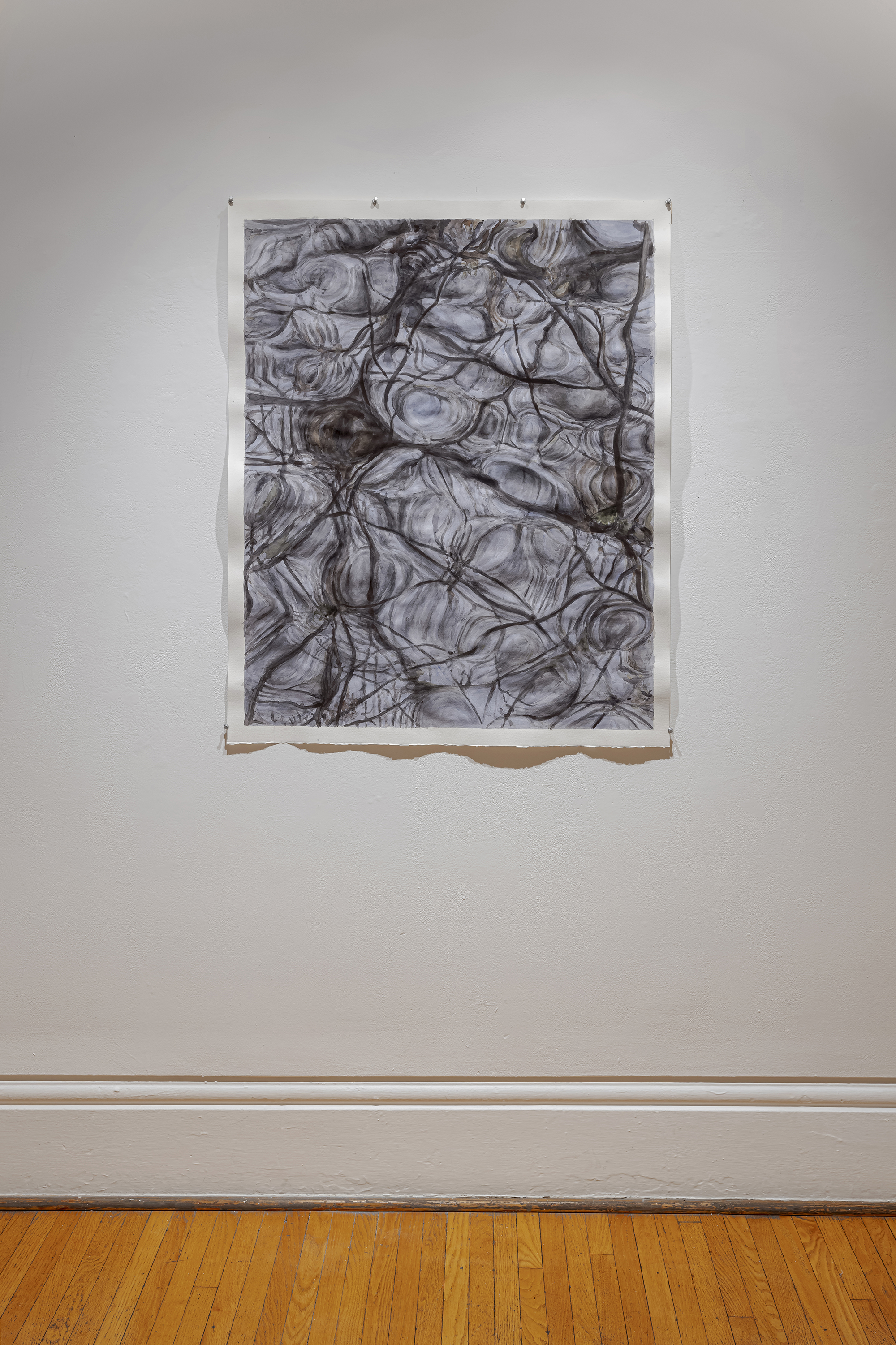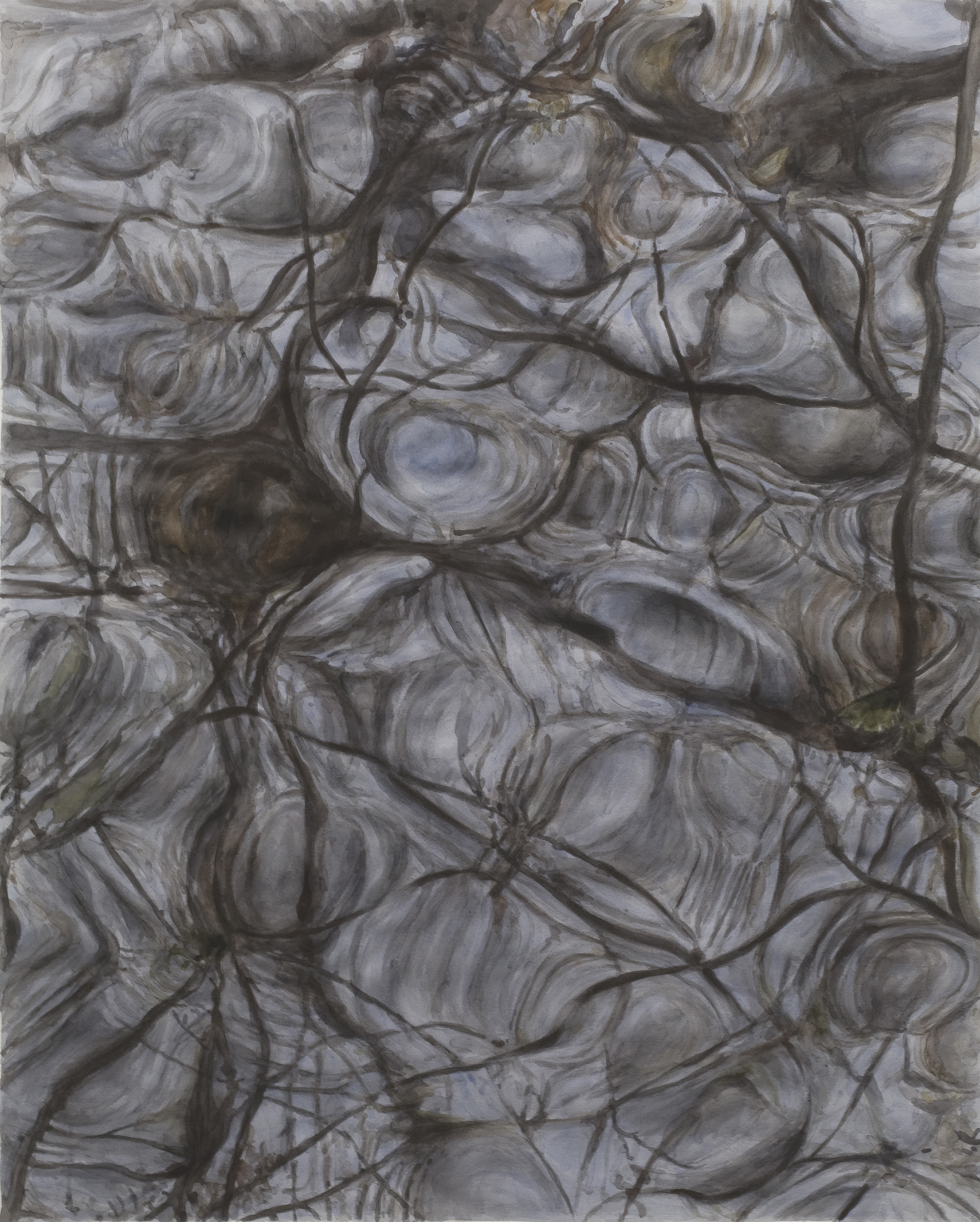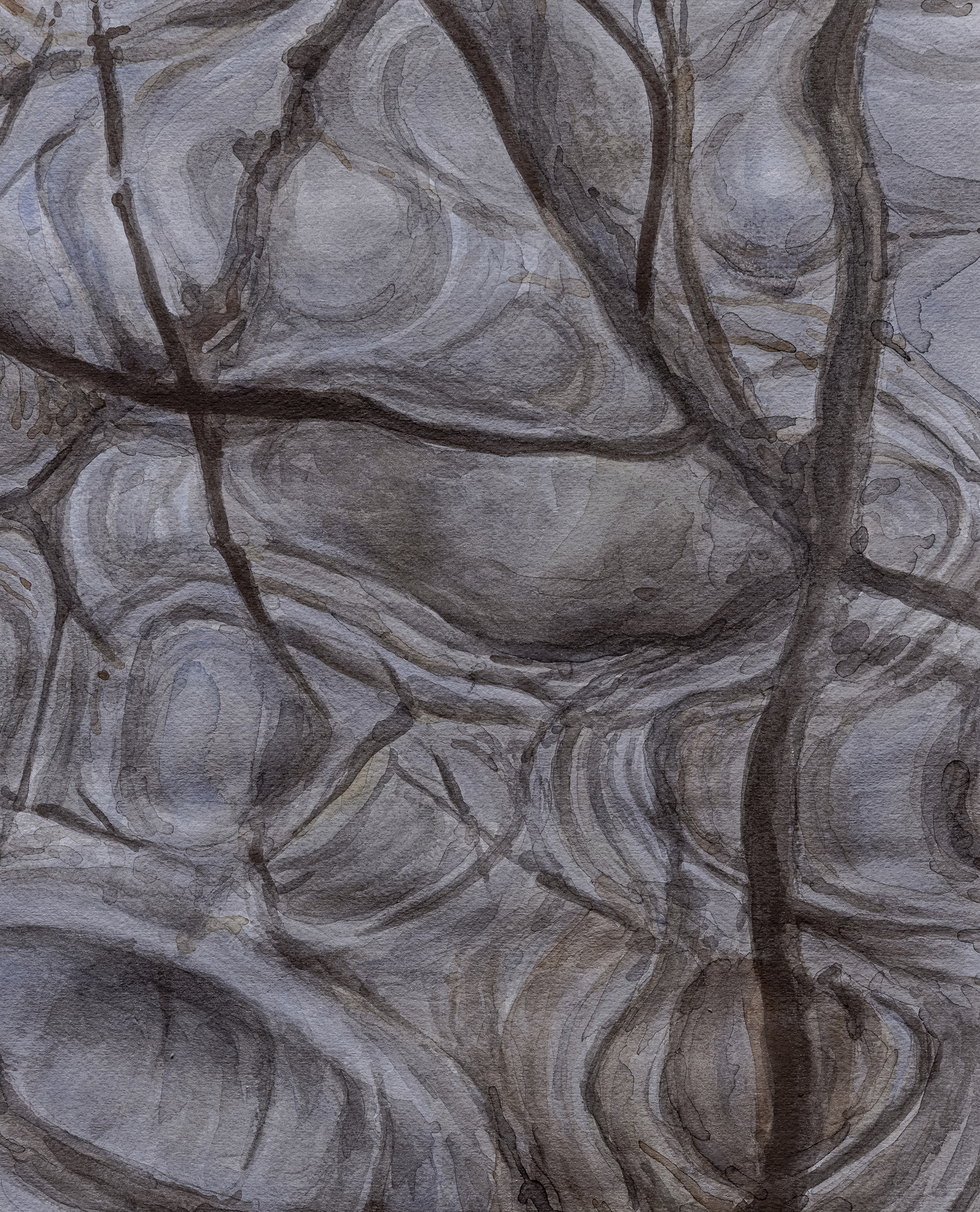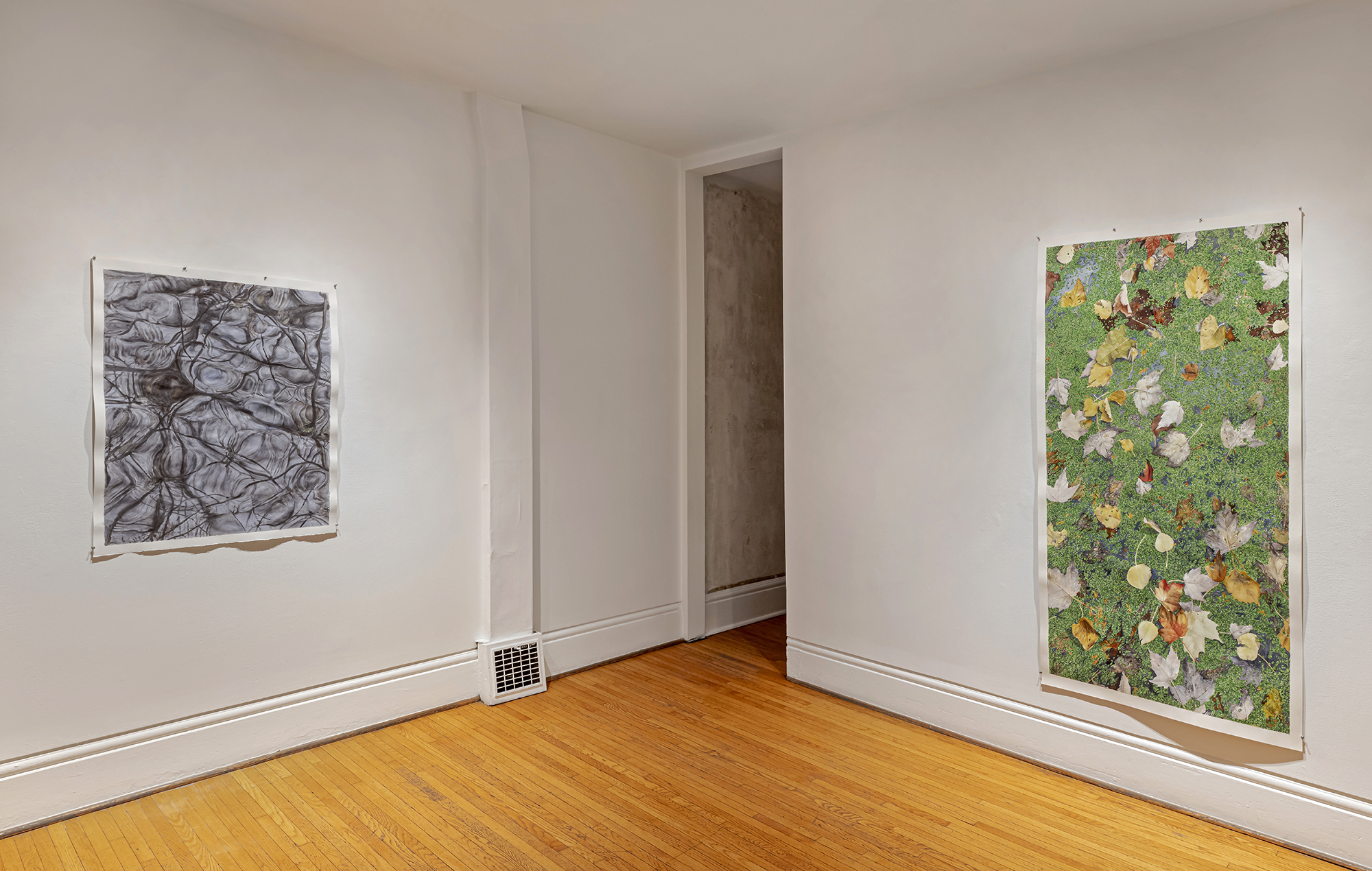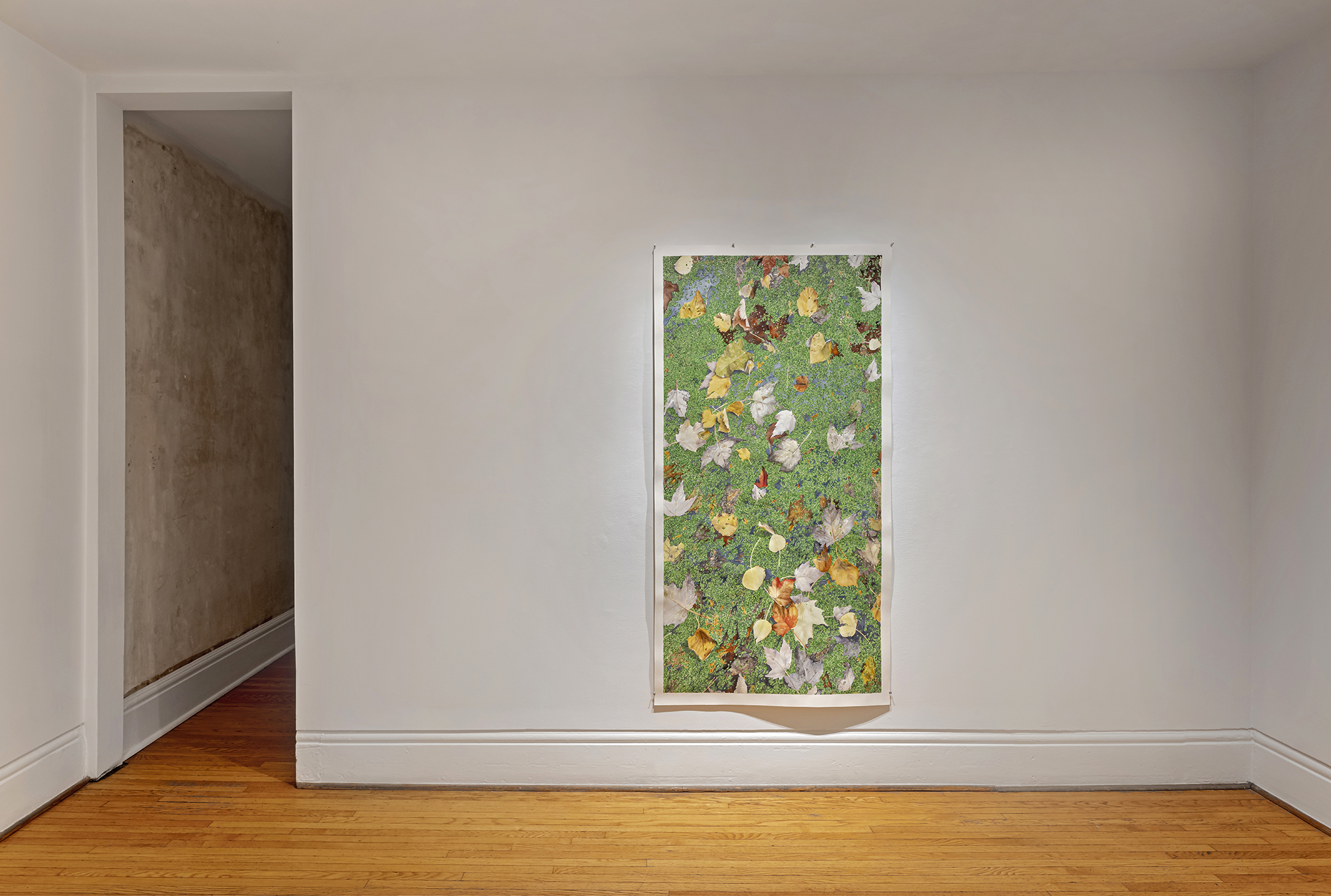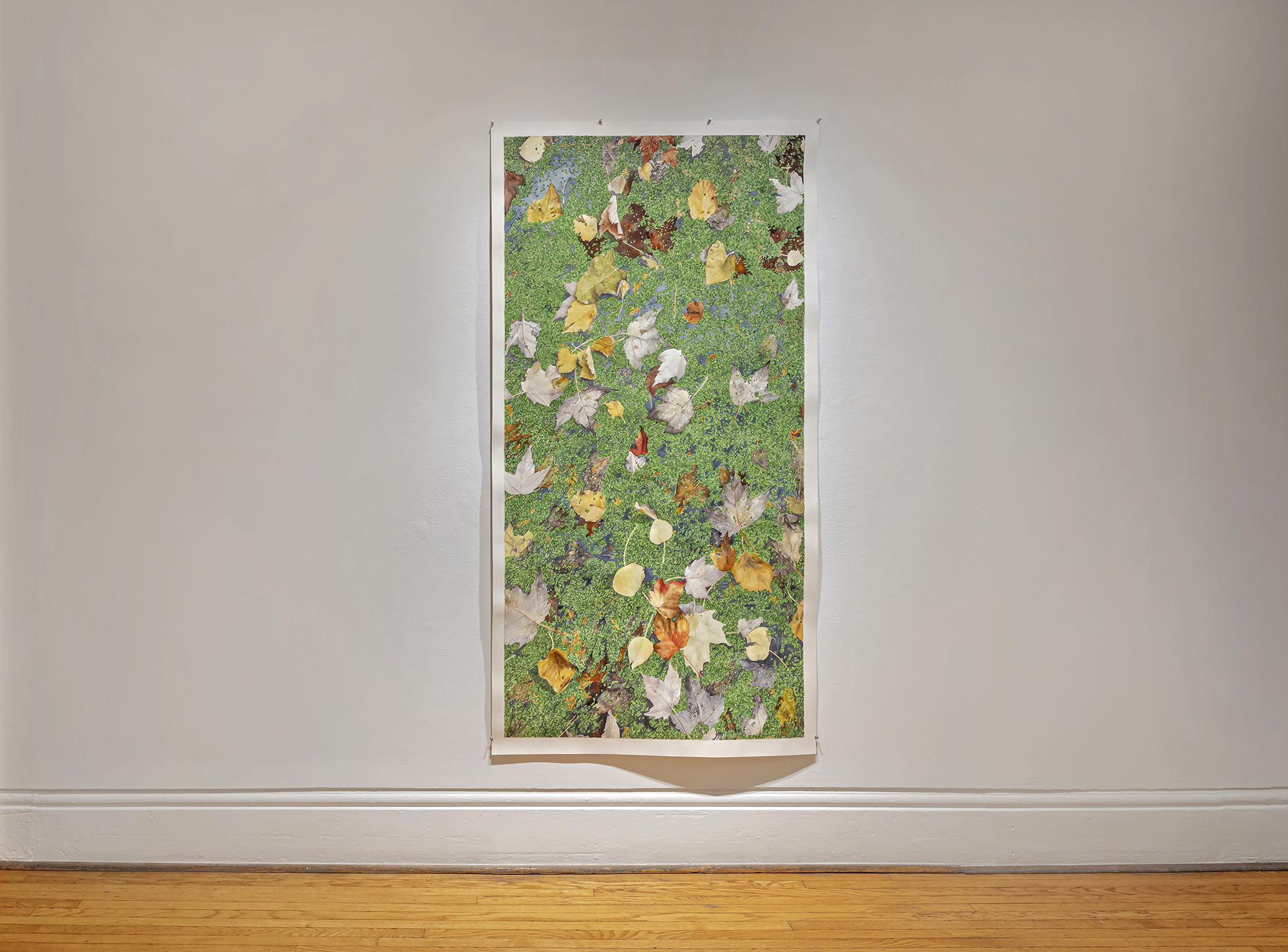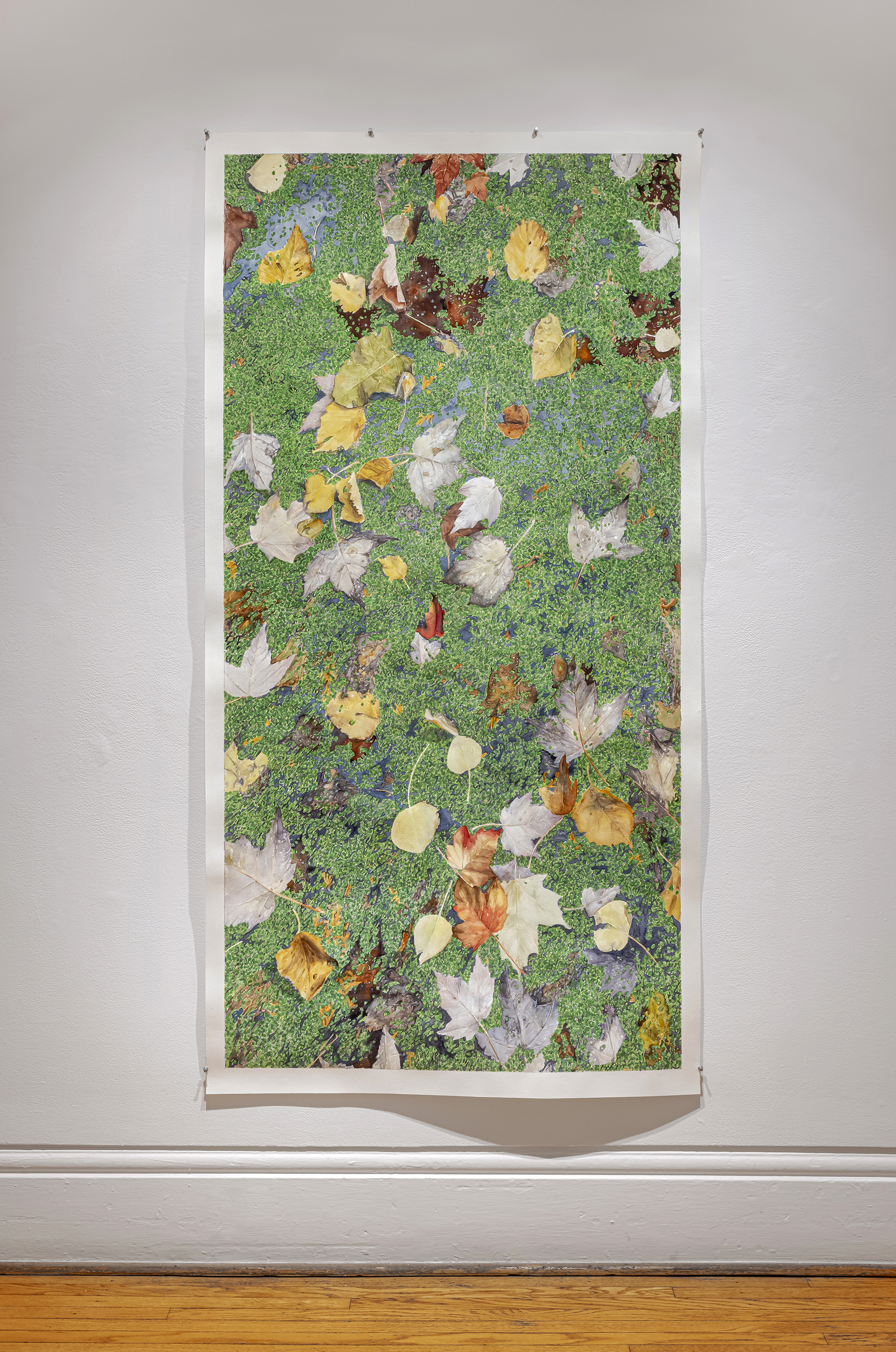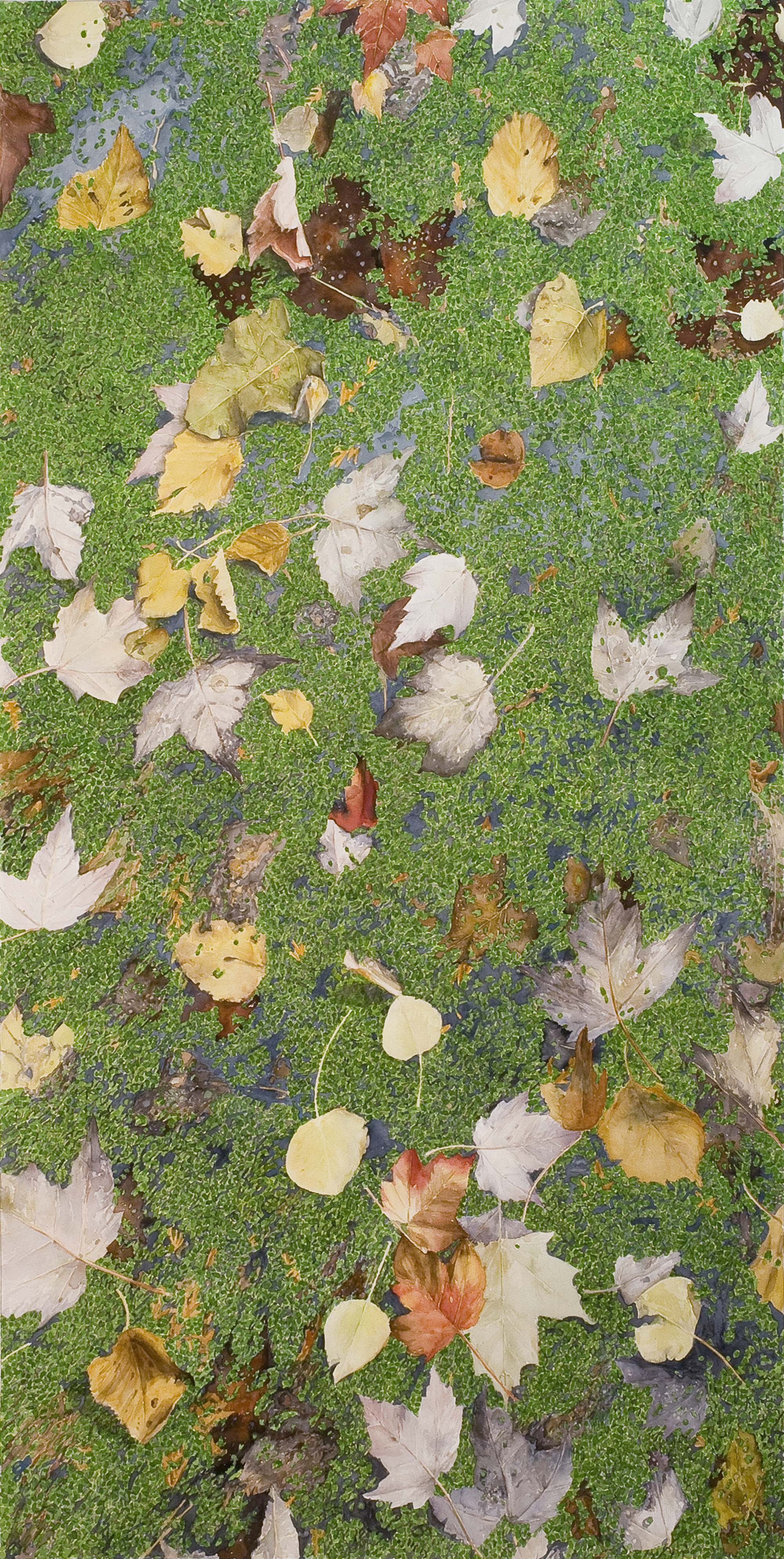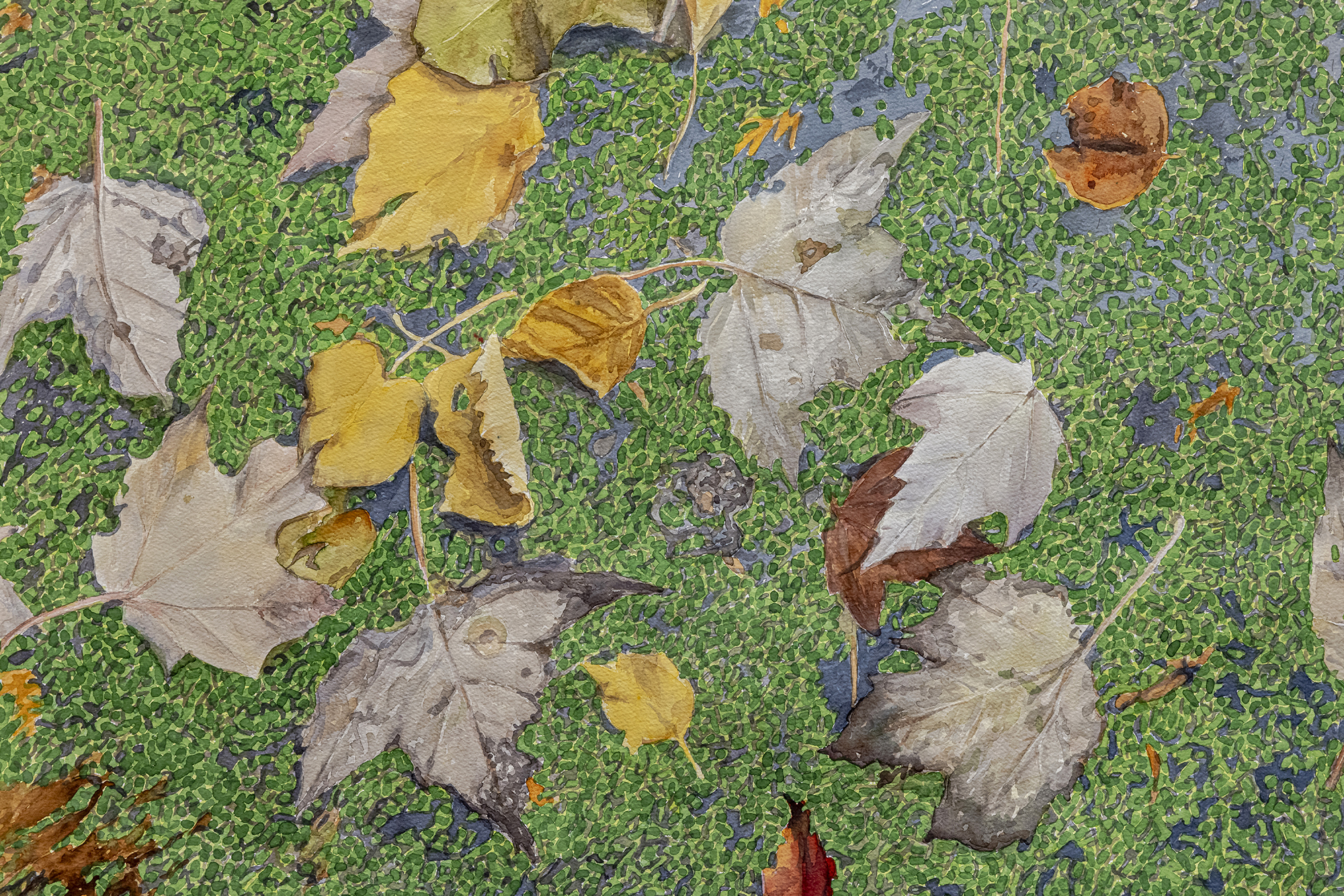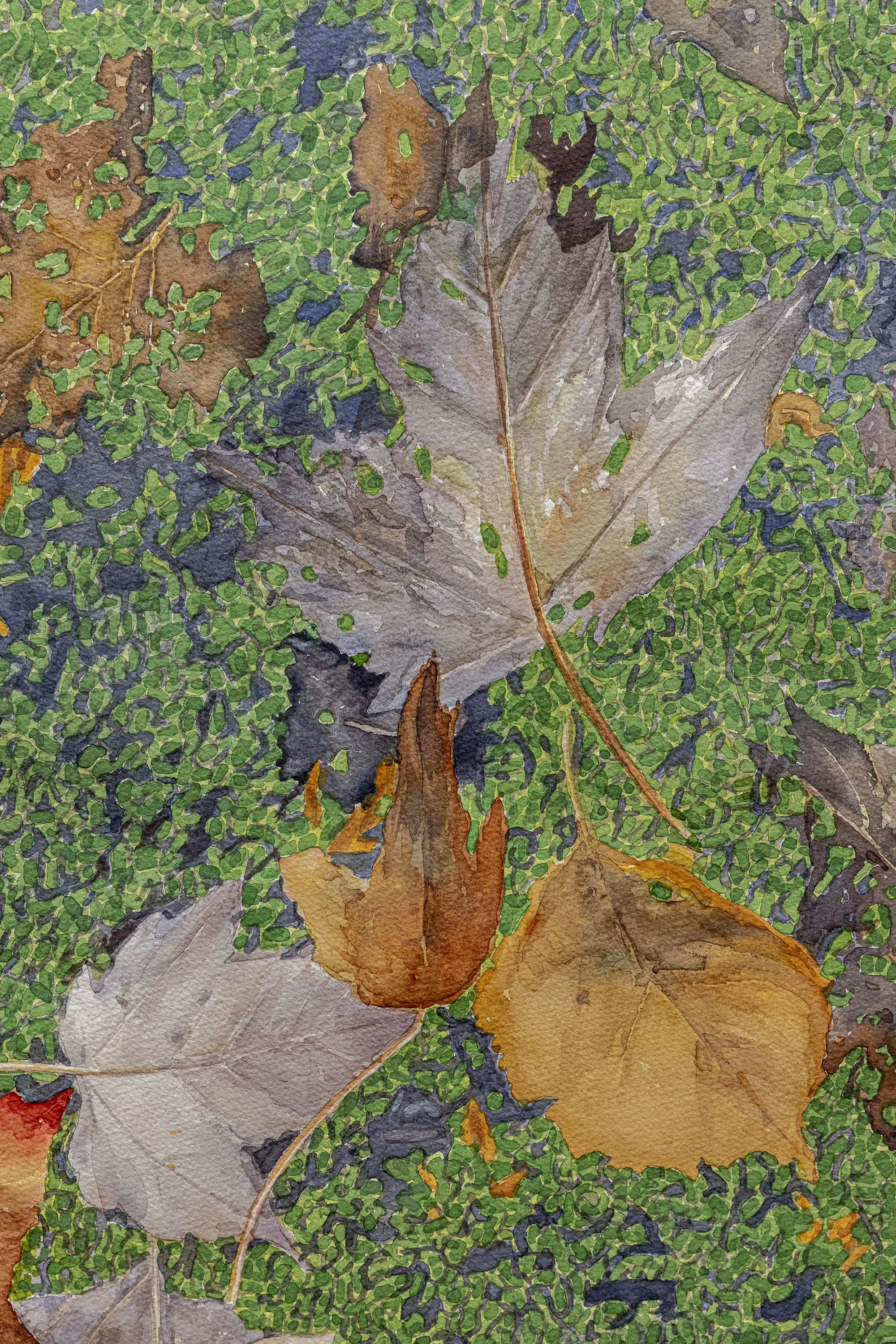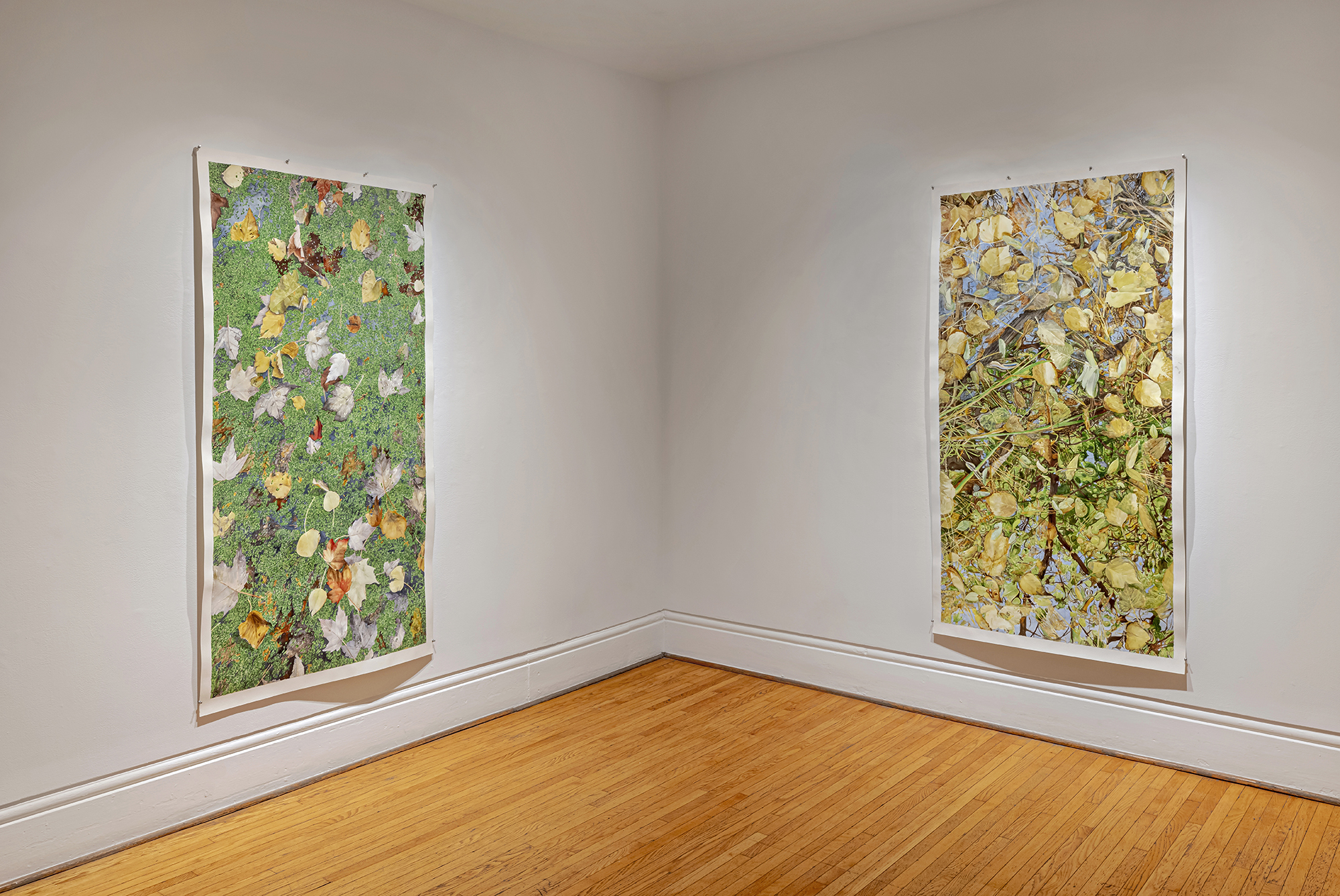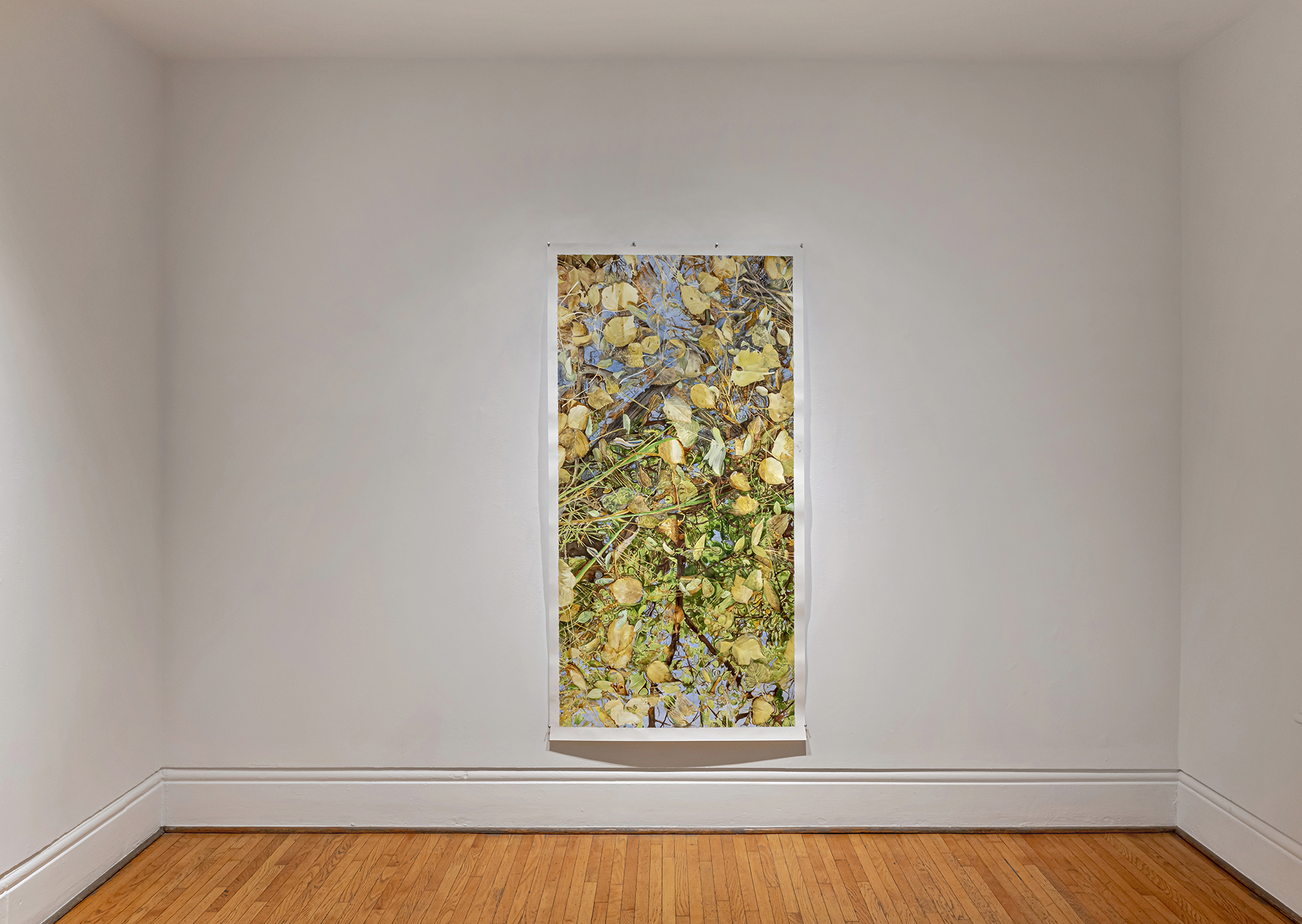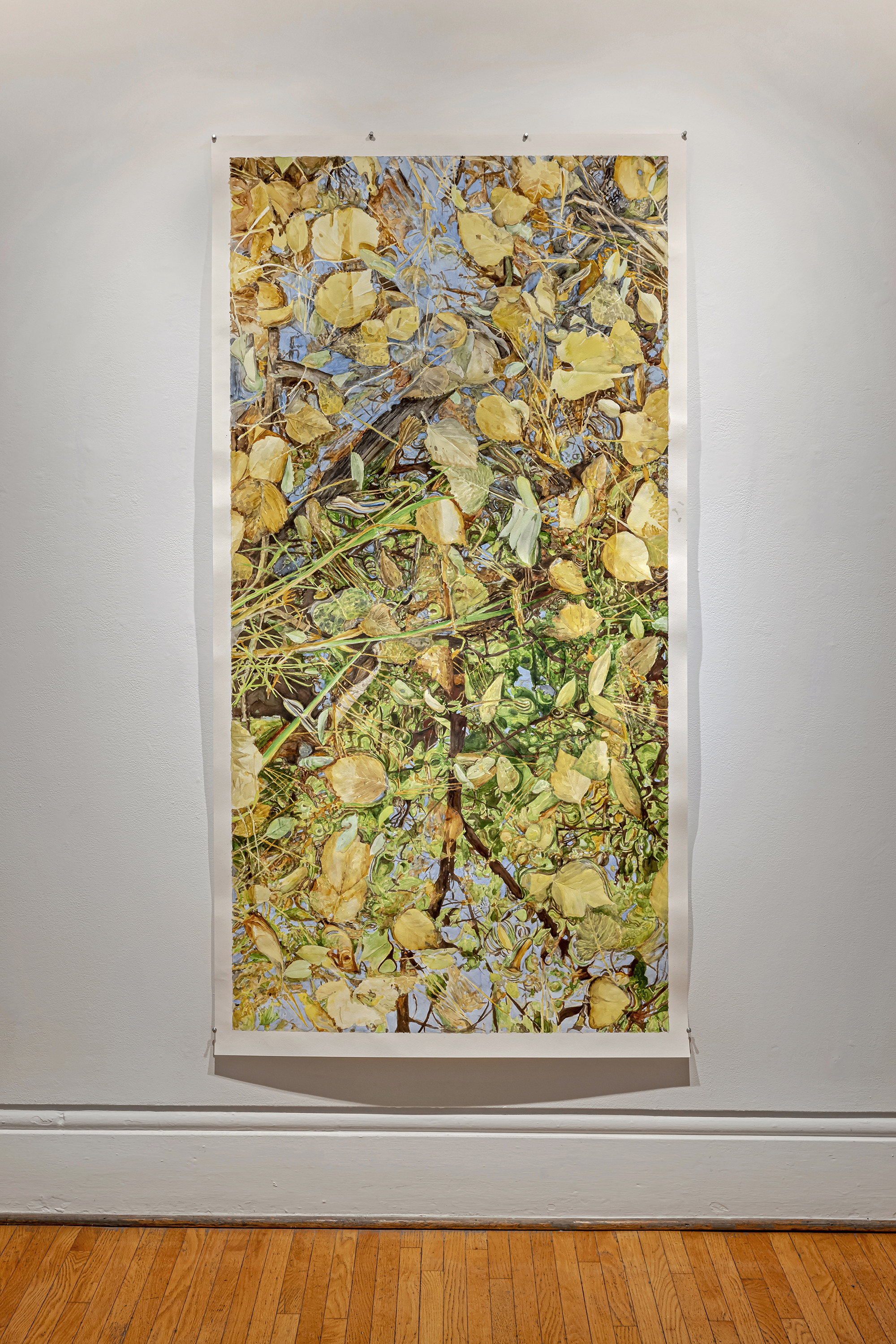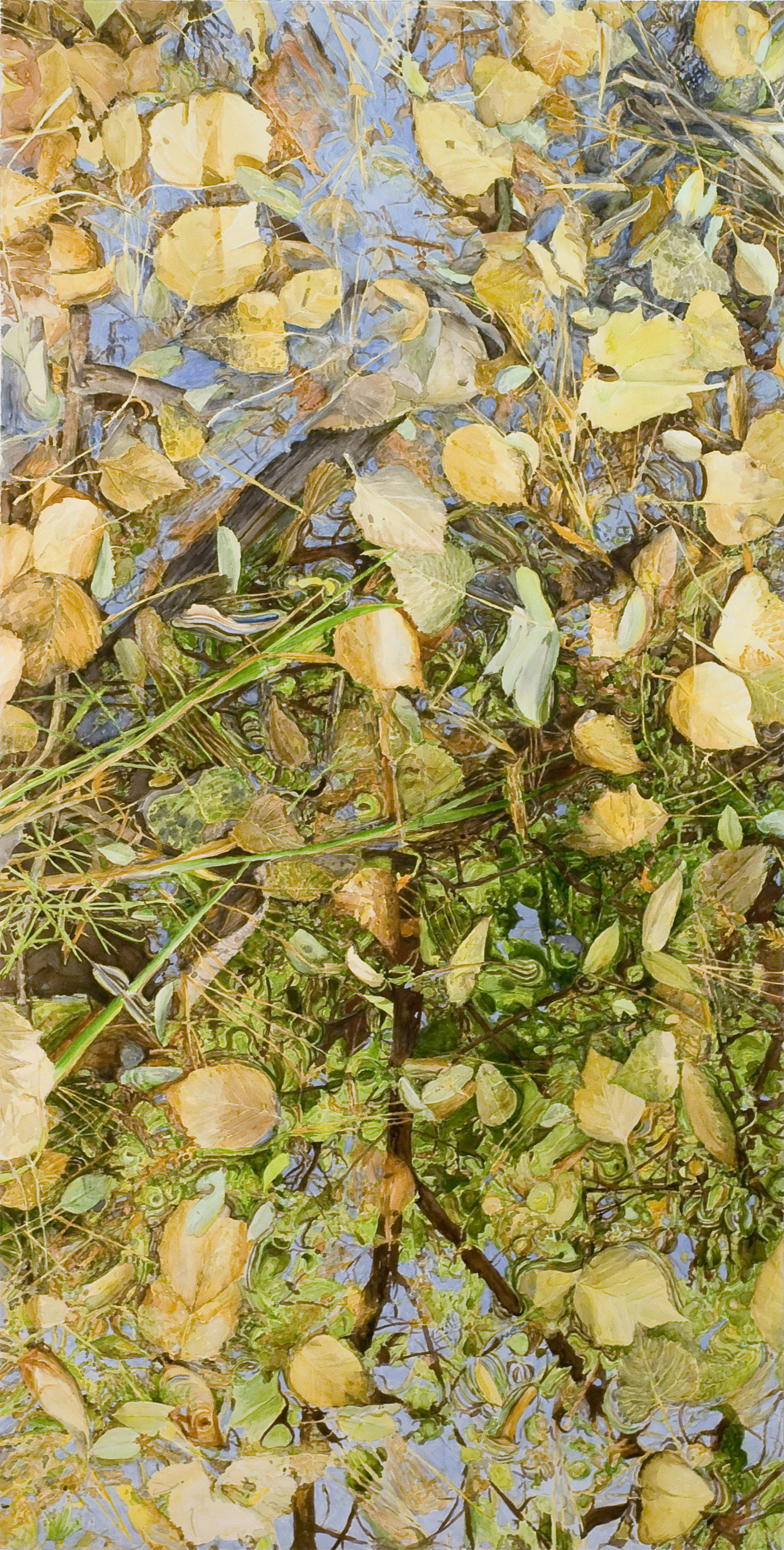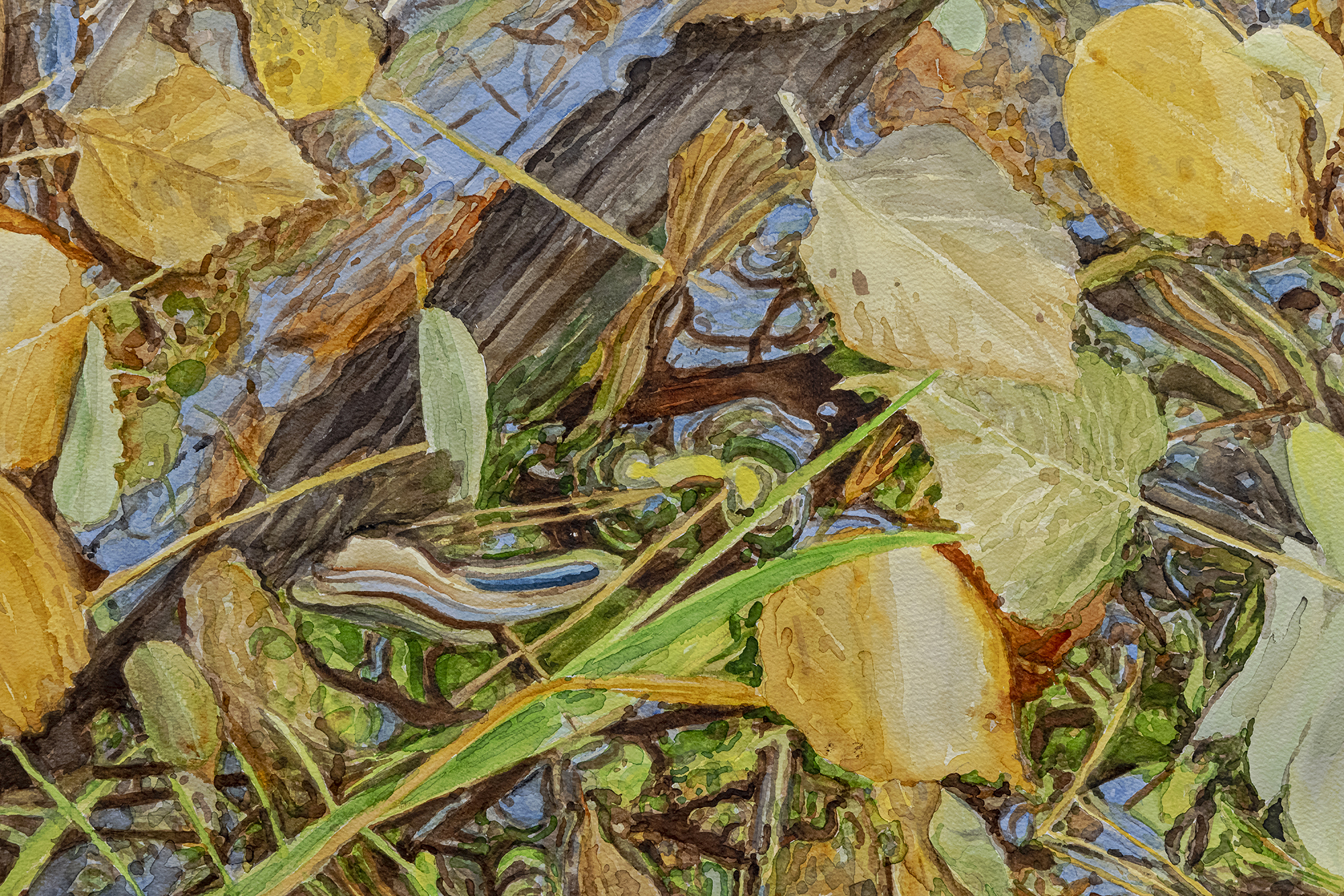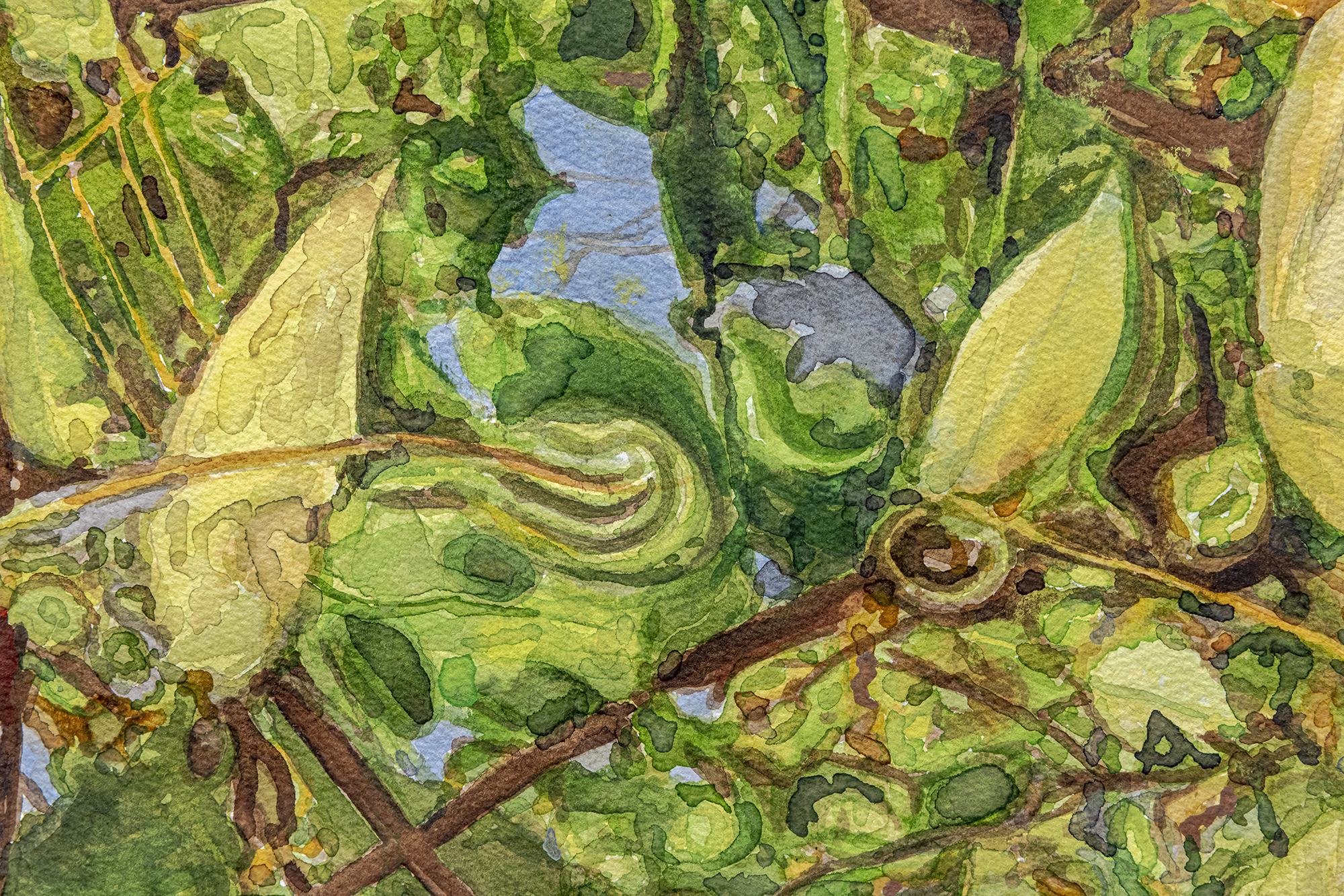Waring's Creek
Robert Wiens
watercolours
June 4 - July 3, 2021
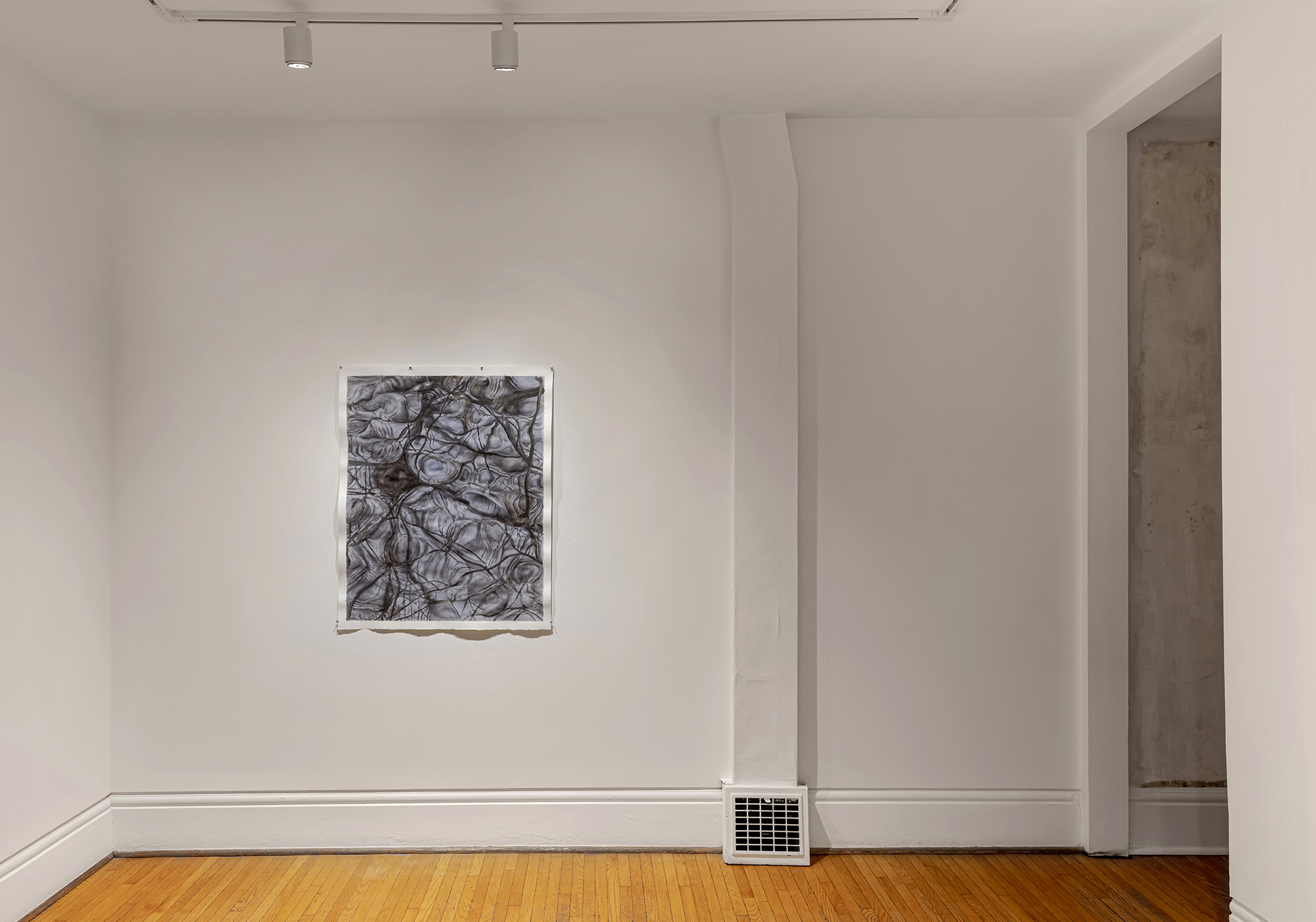
Paul Petro Contemporary Art is pleased to present new work by Robert Wiens.
"In the early 1980s I had been making small sculptural memorials, which delved into social injustices, acts of racism, and personal violation. The work then shifted to questioning the nature of memorialization itself and the purpose of public art in general with the introduction of sculptural fragments often found in heaps and disarray. I had become interested in the manner in which sculpture is often used to serve an ideological purpose, and then also how this purpose could be subverted. Many of these works consisted of over-sized statuary fragments critiquing militarist and authoritarian sentiments.
"A group of four sculptures from 1992 was both a continuance of an exploration into fragmentation and a new direction into common, everyday objects. There was an oversized copper foot, a 6-foot diameter wooden bowl, a mound of carved wooden hands, and the final work in the series, a carved log. All of the works sat low to the ground and were of human scale. They were beginning to shed their metal skins and emerge as what they truly were. The log in particular seemed to point in a new direction, as a kind of film prop-like object, but self-referencing at the same time. As a subject, the idea of a log seemed almost banal, but it had a rich potential as a flowing organic life form.
"Much in keeping with the idea of the film prop, the 1992 log was painted, and it generated a painted drawing on paper that led to many other drawings on paper, all having an arboreal subject matter."
Robert Wiens, 2018
This description of an evolution of sculpture forms an origin story for the works on paper Wiens has been producing since the early 90s. His favoured arboreal subject in his watercolours, the white pine, began in earnest in 1997 as a demonstration of his ongoing commitment to environmentalism in response the threat of clear-cutting in the Temagami region. Over time the subject of his work expanded to include other native tree species, and with his last exhibition in 2018, mushrooms sprouting from forest floors.
For his Waring's Creek exhibition Wiens has focused on the local creeks and marshland habitat in the vicinity around where he lives in Prince Edward County, Ontario, reflecting his environmental engagement, and civic-minded involvement, with the Waring's Creek Improvement Association.
Waring's Creek
"I live on the Waring's Creek watershed. Waring's Creek itself is a small cold water stream in eastern Ontario that makes its way into West Lake and eventually Lake Ontario. A couple of things qualify a stream as cold water, apart from just temperature. It must run all year long, so that it is not merely a course for winter snow melt, and it must be able to accommodate brook trout, a discriminating species of fish that likes cold clean running water. Waring's creek runs parallel to a meandering mound of glacial till known as the Picton esker which provides it with constant upwellings of spring water. The brook trout population in the stream died out in the late 1960’s as farms increased in size, tree cover was removed and parts of the creek began to silt over. Twenty years later, these problems were addressed by local landowners and volunteers who set out to rehabilitate the creek and bring it back to life. Trees were planted, farmers kept livestock from directly using the creek as a watering site, and efforts were made to increase water flow by using bundles of discarded Christmas trees. The creek began to recover. And that’s when the real problems started.
"In 1990 land was purchased to open a 200 acre gravel pit that would have removed a vast piece of forest along with the crucial sand and gravel that makes Waring's Creek a cold water stream. Local residents began a campaign against opening such a vast pit, and were disheartened to learn that one of the owners of the land also sat on town council. Not only were residents fighting the gravel industry, but their local council as well. In the end, after years of opposition, and a lengthy Ontario Municipal Board hearing, the size and scope of the gravel pit was greatly reduced. More recently, the headwaters of the stream are now at the heart of a proposed housing development. The fight goes on.
The Paintings
"Marshland is situated at the corner of the gravel pit property where Waring's Creek spreads out into a vast wetland.
"The green background of Taylor’s Pond is a floating aquatic plant known as duckweed, a fast growing plant efficient in removing phosphates and chemicals from slow moving water. It also reduces algae, summer evaporation, controls mosquito populations and is a food source for livestock , aquatic birds and fish.
"At Shannon Road the water is funneled through a culvert and the flow results in constant eddies and interfering waves, reflecting the tree cover above. This area was also significant in a great deal of the rehabilitation effort that went into restoring the creek."
Robert Wiens, 3 June 2021
Robert Wiens (b. 1953, Leamington, ON) attended the New School of Art, Toronto (1973-74). Since 1978, his work has been presented in solo and group exhibitions at the National Gallery of Canada, the Art Gallery of Ontario, The Power Plant (Toronto), the Southern Alberta Art Gallery (Lethbridge), Oakville Galleries, the Dunlop Art Gallery (Regina), the Agnes Etherington Art Centre (Kingston) and the Art Gallery of York University (Toronto). His work has also been presented internationally in Los Angeles, London, Amsterdam, Bologna and New York. Permanent collections include the National Gallery of Canada, the Art Gallery of Ontario, the Agnes Etherington Art Centre at Queen's University, Kingston, the Art Gallery of Nova Scotia, the Art Gallery of Guelph, Then Donovan Collection at the University of Toronto, the Canada Council Art Bank, the Bank of Montreal and TD Bank.


















